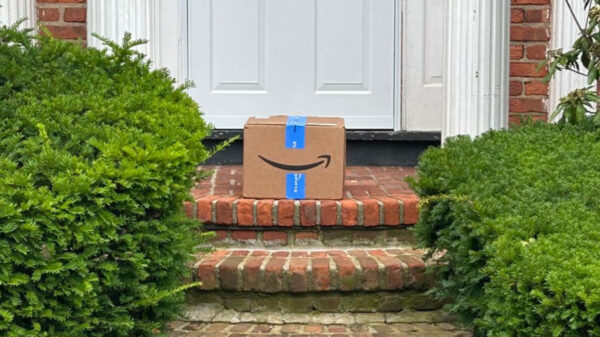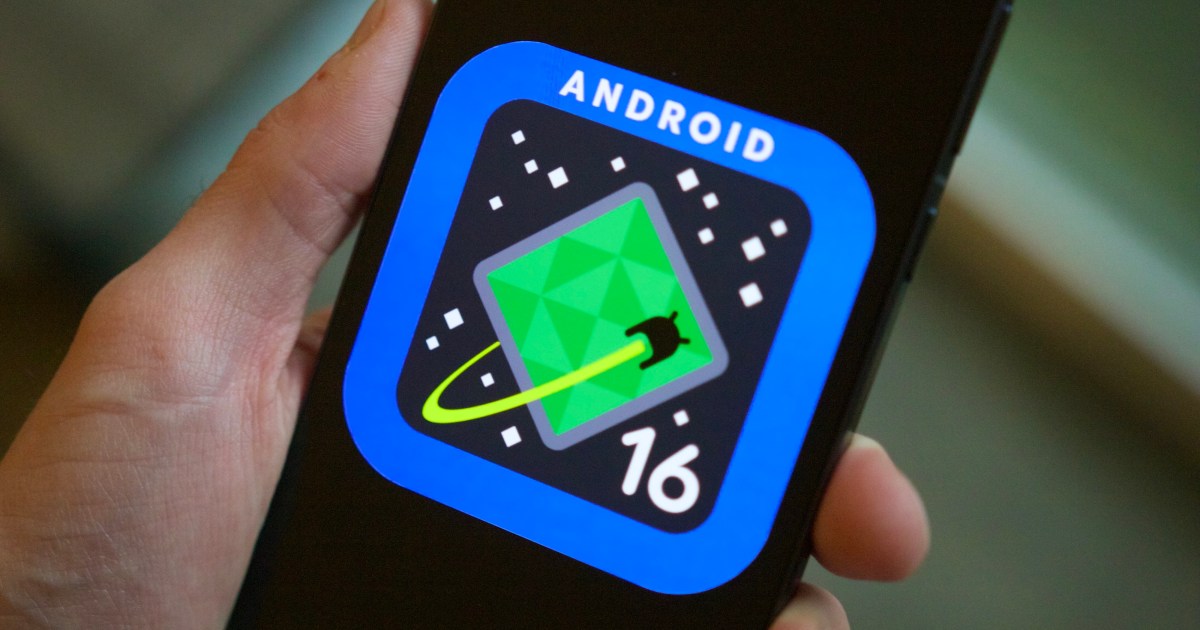Security researchers have recently identified a significant vulnerability affecting Android devices, termed **Pixnapping**. This attack exploits a 12-year-old data theft technique, allowing malicious applications to secretly access sensitive information displayed on users’ screens. Notably, data from widely used applications such as **Google Maps**, **Gmail**, **Signal**, and **Venmo**, as well as two-factor authentication (2FA) codes from **Google Authenticator**, can be compromised without requiring special permissions.
The Pixnapping technique takes advantage of a hardware side channel known as **GPU.zip**. By measuring rendering times, attackers can determine how quickly screen pixels are displayed, enabling them to reconstruct screen content with surprising accuracy. Although the method leaks only **0.6 to 2.1 pixels per second**, it is sufficient to capture critical information like authentication codes.
Scope of the Vulnerability
The vulnerability, designated as **CVE-2025-48561**, affects devices running **Android 13 through 16**, including popular models such as **Pixel 6, Pixel 7, Pixel 8, and Galaxy S25**. A partial patch was issued in **September 2025**, with a more comprehensive solution expected by **December 2025**. This situation raises alarm bells, as it highlights a fundamental flaw in Android’s rendering and GPU architecture.
Security experts emphasize that Pixnapping demonstrates how previously resolved attack techniques can re-emerge in new and potent forms. Because the attack does not require special permissions, it poses a risk that seemingly innocuous apps downloaded from the **Google Play Store** could covertly monitor sensitive data displayed on the screen.
Broader Implications for Mobile Security
The emergence of Pixnapping underscores a wider issue regarding **side-channel vulnerabilities**. These types of attacks result not from software bugs but from inherent characteristics in how hardware processes data. Such vulnerabilities are notoriously challenging to detect and address, posing ongoing challenges for mobile security.
For Android users, this research serves as a stark reminder of the potential for covert data theft without any user action or warning. Applications could silently collect sensitive information, including banking details, 2FA codes, or location data, simply by observing user screen activity. While Google has stated there is currently no evidence of exploitation, the existence of this vulnerability indicates that malware could circumvent traditional security measures.
As Google works on additional fixes to minimize the misuse of the blur API and enhance detection capabilities, researchers caution that workarounds already exist. The underlying GPU.zip vulnerability remains unresolved, and until a definitive solution is developed, users are advised to be prudent about installing untrusted applications and to keep their devices updated.
Security experts anticipate that more sophisticated side-channel attacks like Pixnapping will emerge as attackers refine their techniques. Users are encouraged to stay vigilant and prioritize security measures to protect their sensitive information in this evolving landscape.






































































